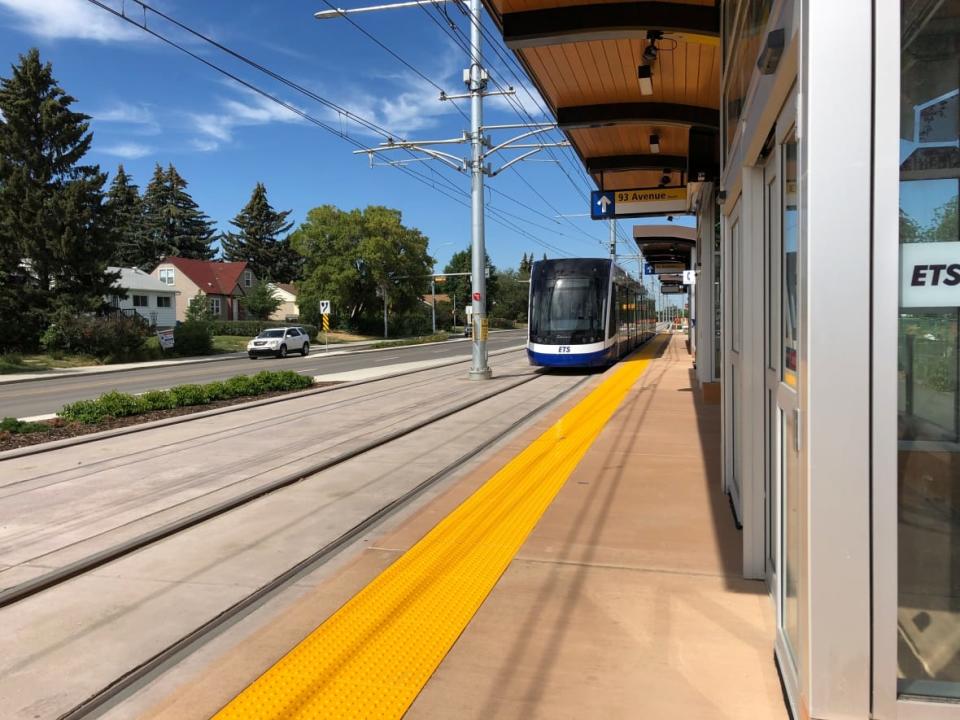Structural issues on Edmonton's LRT line could add 6 months to construction time, says engineer

Structural issues delaying the $1.8 billion Edmonton Valley Line Southeast LRT could take months to resolve, an independent engineer says.
On Wednesday, TransEd, the construction company behind the project, said that as many as 18 concrete piers may need repairing along the 13-kilometre line from Mill Woods to downtown.
It is the latest setback to the project that was supposed to be opened in the winter of 2020.
Last October, the company announced the project was delayed because of a longer-than-expected testing process for the new trains. COVID-19 also led to workforce shortages and supply chain issues for some construction supplies.
In 2018, crews hit a concrete mass nine metres below the surface of the North Saskatchewan River during the Tawatinâ Bridge construction.
Yasser Korany, a consulting engineer with KSI Engineering based in Ontario, said the issues are complex.
"Just to present a sound solution. It could be six months from today," Korany told CBC News Thursday.
"It's not one single crack or two that you could fill in to restore the integrity of the concrete and you move on," he said.
"So the fix will be extremely difficult, unfortunately."
Ronald Joncas, CEO of TransEd, said Wednesday the cracks formed because of thermal expansion — the inability of metal and concrete to contract and expand in extreme temperature fluctuations.
A timeline about next steps would be released in the coming weeks, Joncas said.
Train vibration could cause more issues: Korany
Korany says the vibration of trains running on the tracks will also be a factor in determining what fixes are needed.
"You have vibration, you have curved railing, certainly trains running back and forth on the line all day long for 365 days a year for how many years," Korany said.
"If you have micro cracks that we currently don't see on those other piers, compounded with the effect of vibrations from the train movement, that could be exacerbated."
Under the public-private partnership agreement between the City of Edmonton and TransEd, the company is responsible for fixing the issues and making sure the line is safe to open.
Edmonton Mayor Amarjeet Sohi said under the P3 model, the city has less control and oversight of projects and called for a review on how the city builds large projects, particularly the P3 procurement process.
"These projects lack transparency, reducing city administration oversight and accountability," Sohi said Wednesday.
"When we are talking about public money and public infrastructure, transparency and accountability is essential."

